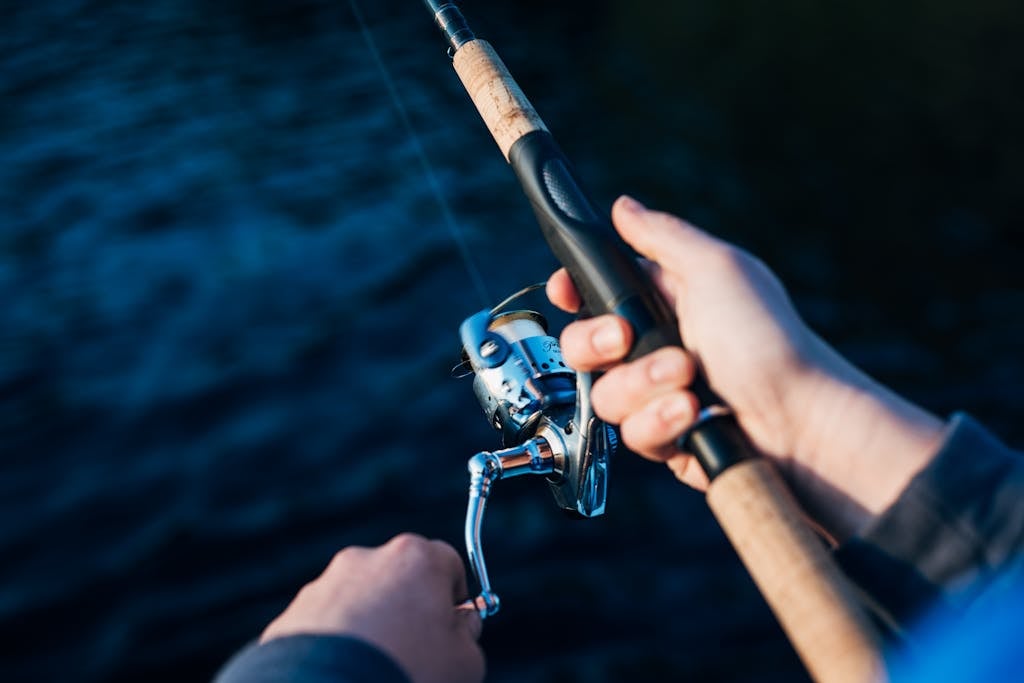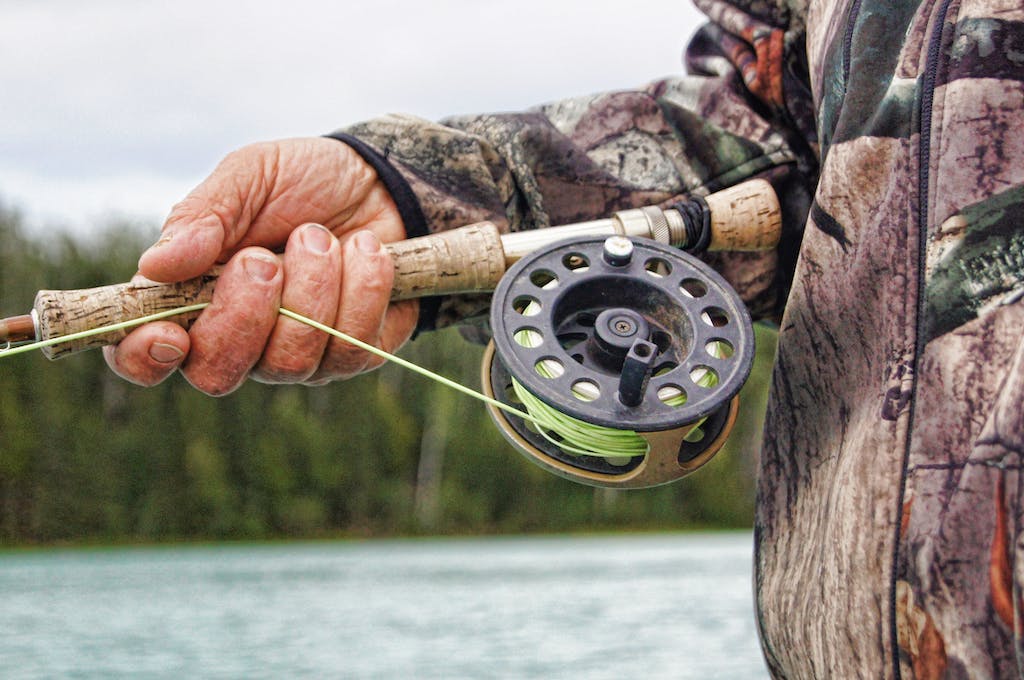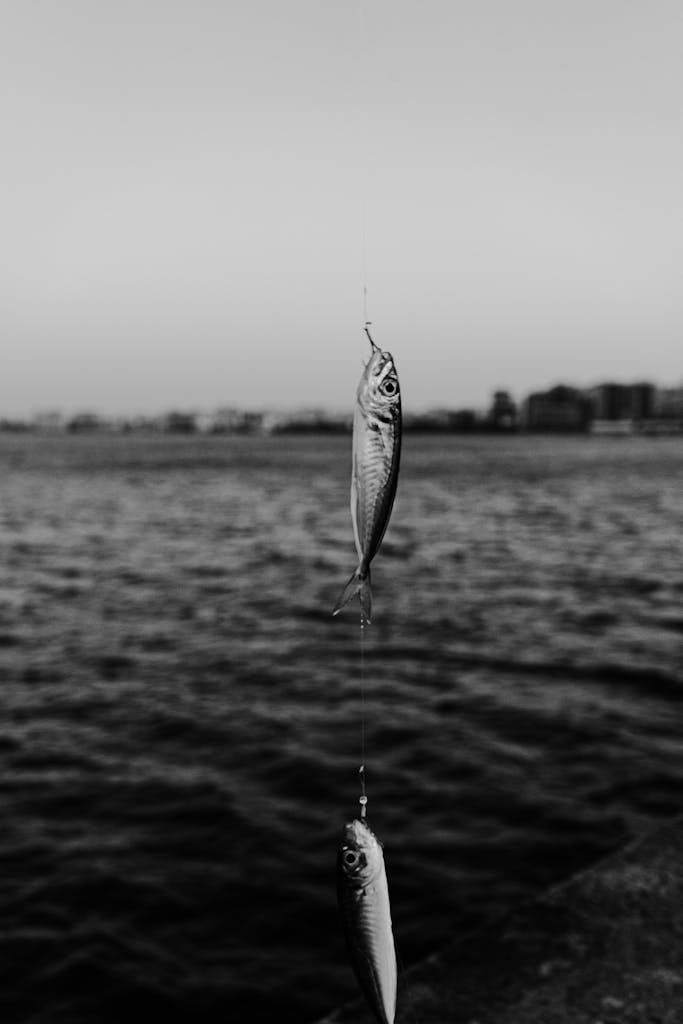Each Cast a New Beginning, and Each Retrieve a New Promise.
Start Your Journey Now – Explore Our Guides, and Gear Reviews, and plan your next Fishing Trip!

Reel Insights:
Get in Touch With Us!
Have a question, or comment? Fill out the form below and we’ll get back to you ASAP.


